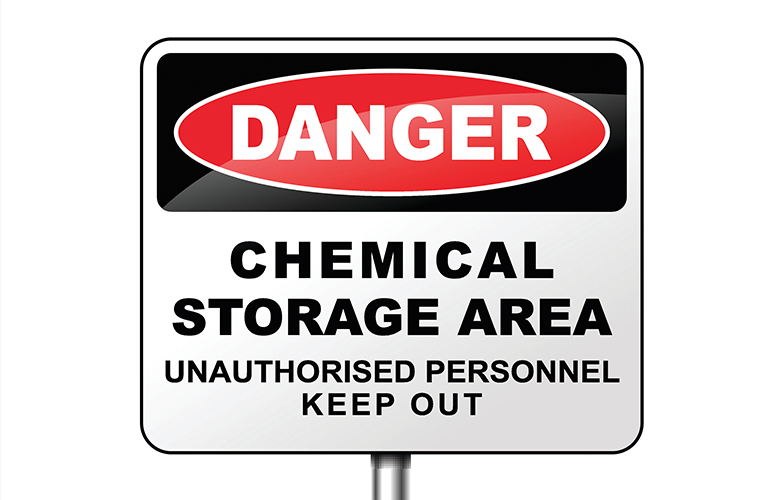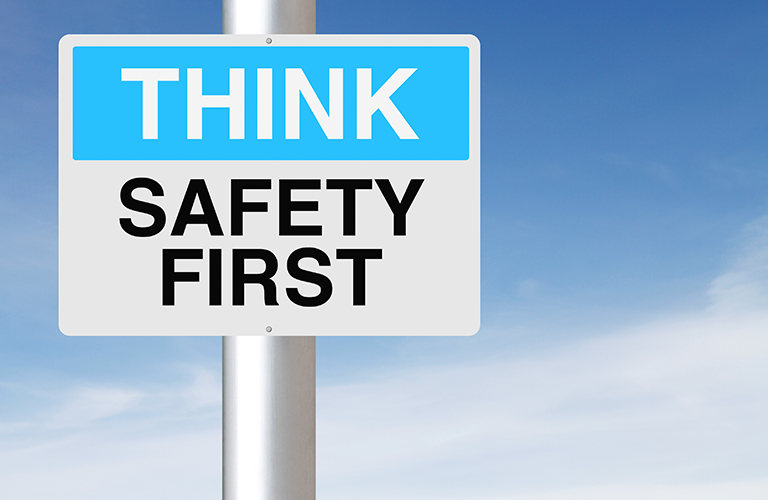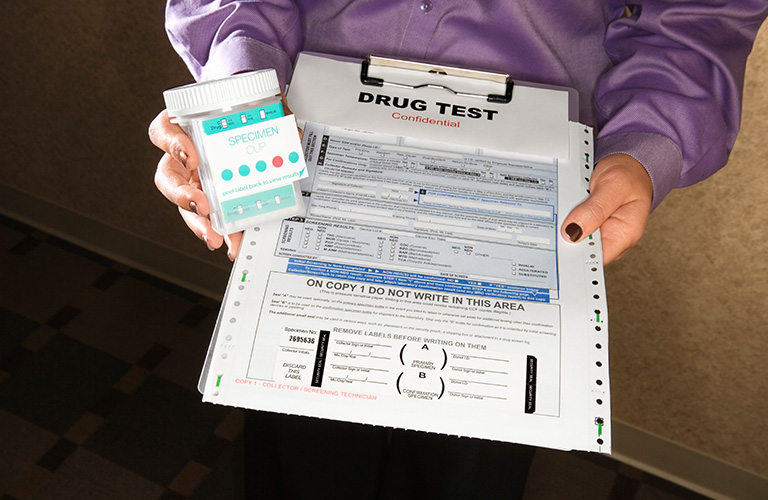
OSHA has issued a heat hazard alert to remind employers of their obligation to protect workers against heat illness or injury in outdoor and indoor workplaces. The Department also announced that it will intensify its enforcement where workers are exposed to heat hazards with increased inspections in high risk industries like construction and agriculture. OSHA has not yet finalized a heat specific workplace standard, but is issuing the alert to remind employers that they have a duty to protect workers by reducing and eliminating hazards that expose workers to heat illness or injury under the General Duty Clause. Even without… Read more









